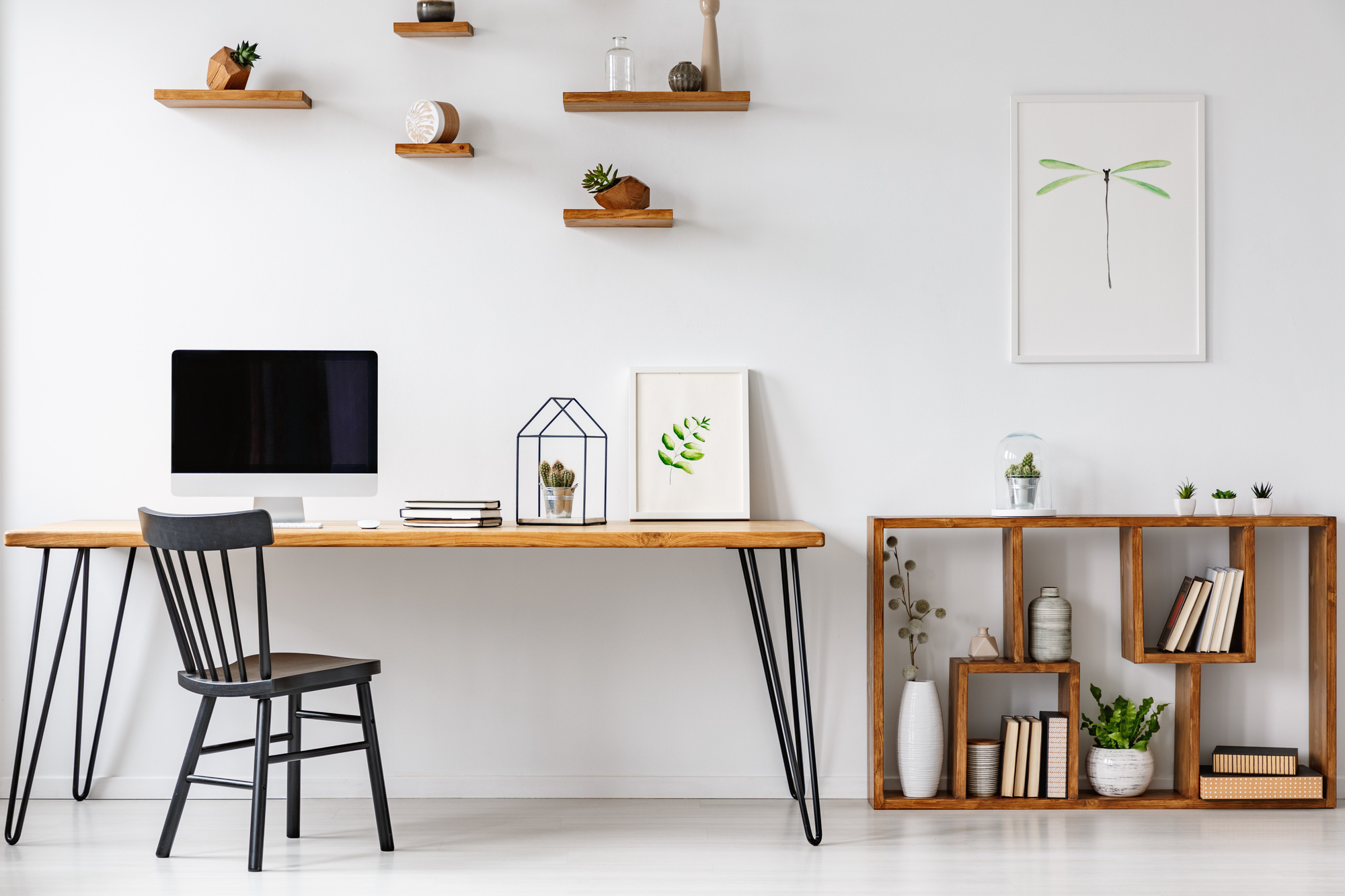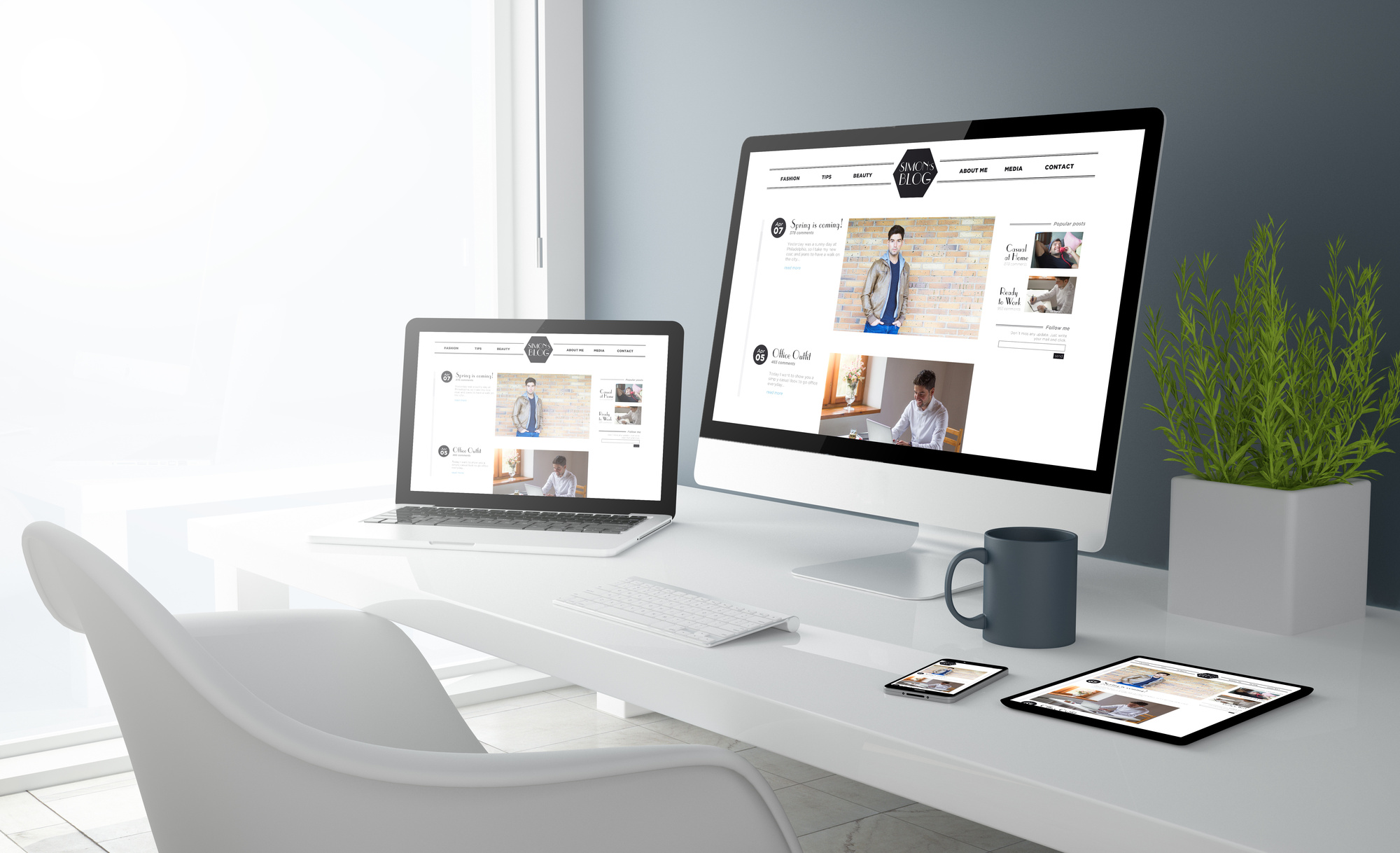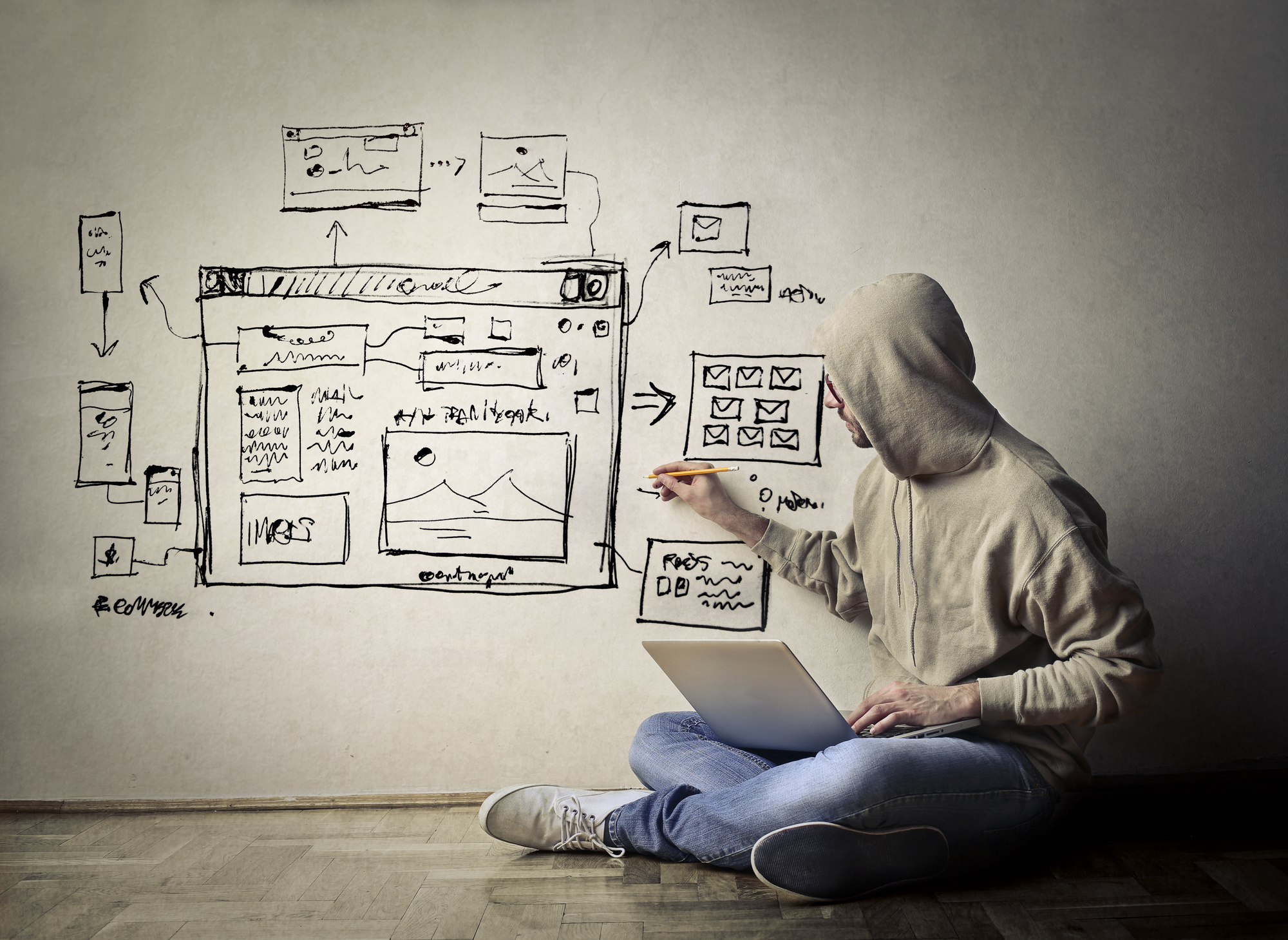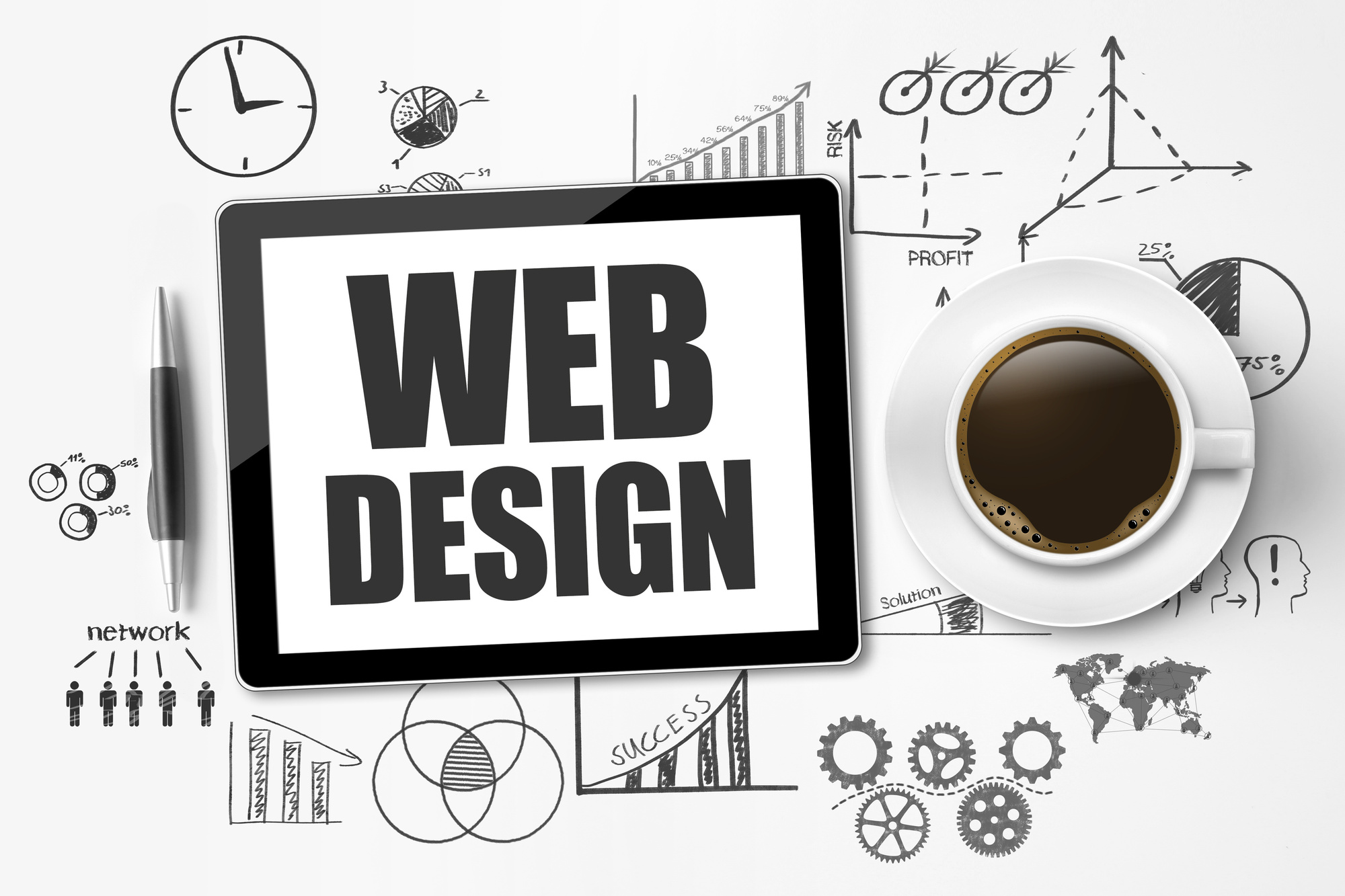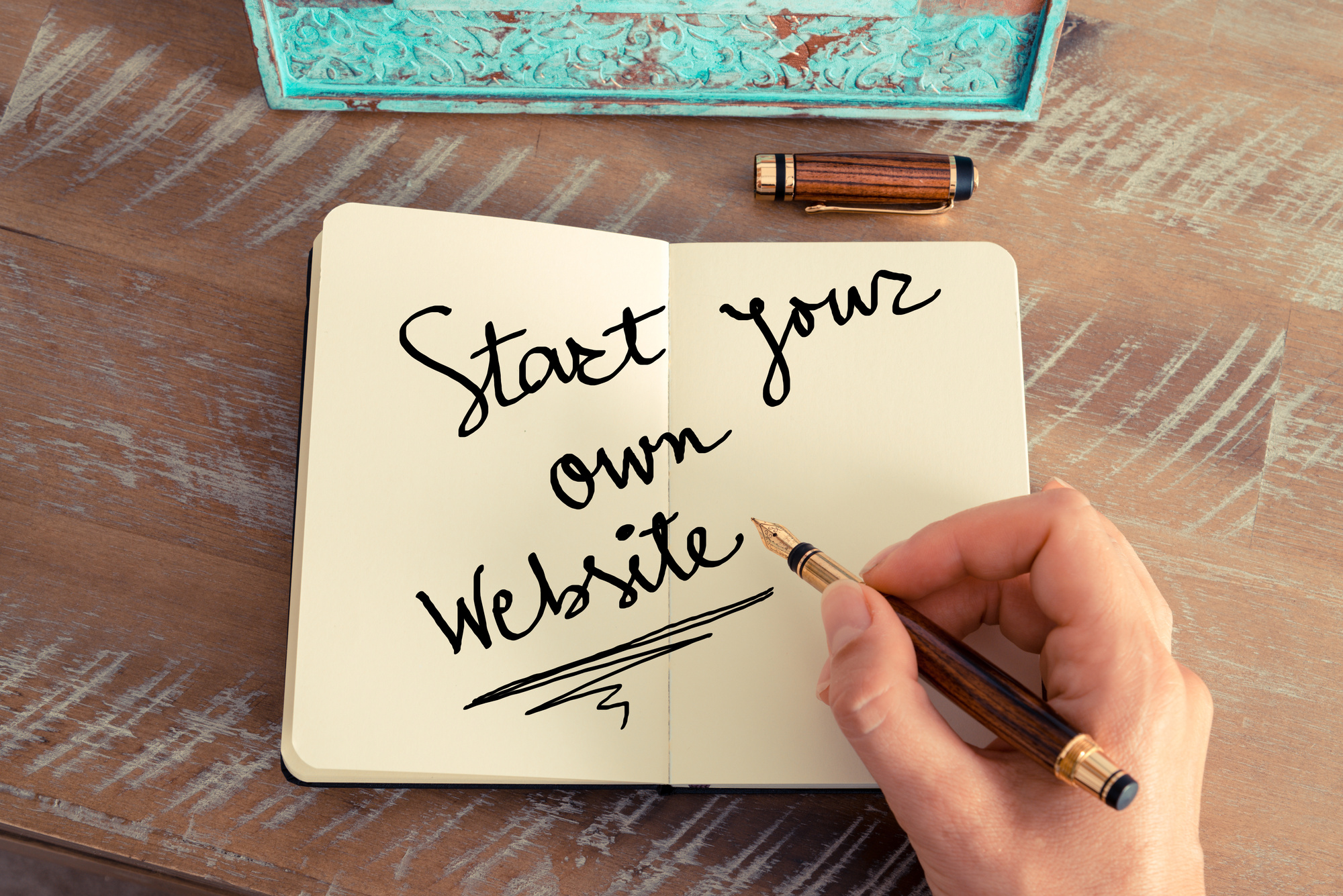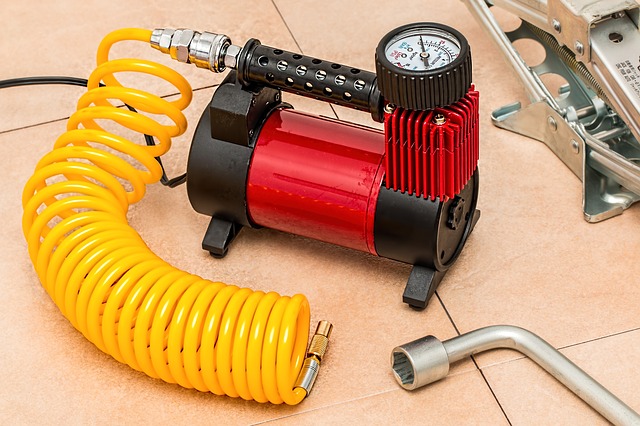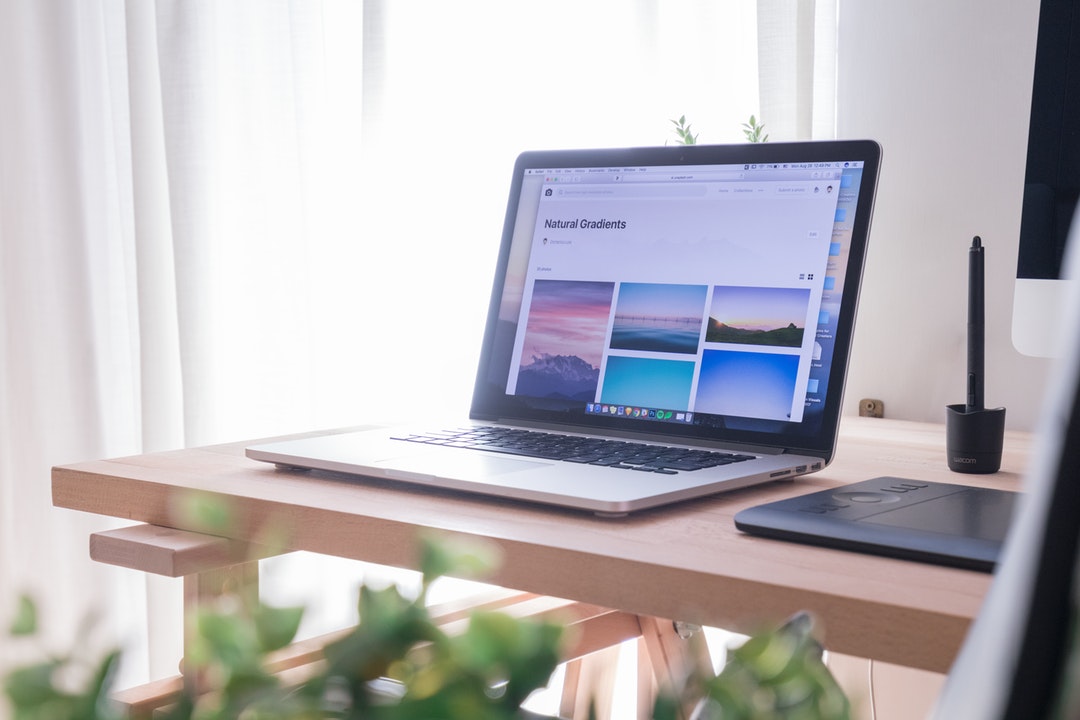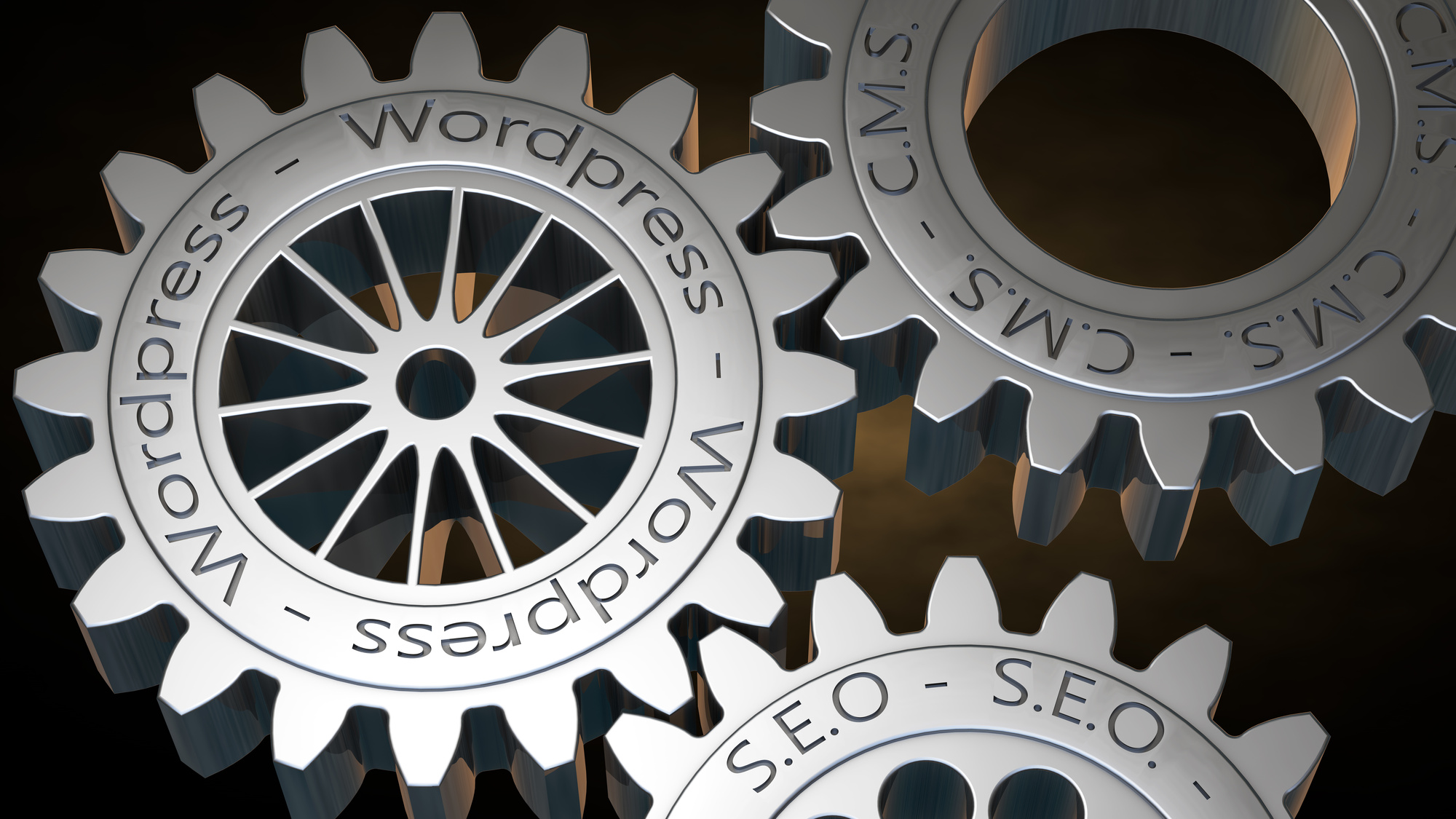Are you planning on making a website using WordPress but don’t know how or where to start? It’s the most popular platform but it can seem quite daunting for first-time users. Making a website, in general, can be a confusing and overwhelming process.
Don’t fret, we’re not going to leave you stranded. We’ve got several tips below to help you learn how to use WordPress. It’s a lot easier than you’d think!
1. The Right Hosting Package
Once you’ve installed WordPress and are ready to start, the first thing you need to decide is where to host. First, you have to define what your website’s needs are and how much you’re willing to spend.
Shared hosting is where hundreds of sites are all hosted on one server. This is good if you have a tight budget, although more bugs and security risks could come up. VPS hosting is similar to shared hosting but safer and fairer in terms of shared assets.
VPS also hosts sites on one server but all the resources are equally divided, unlike shared hosting. They also have stronger security. The best VPS also gives you more flexibility when it comes to administration options, tool installation, and SSH access.
Managed WordPress hosting is a single server where all the settings are getting maintained for you. This means less flexibility since everything’s geared to a single software package. However, it’s much more secure and you have less to set-up which is good if you’re new to website making.
2. Getting Important Plugins
Plugins are what expands your site’s functionality. They add new features without requiring in-depth coding. You can easily install them through the “Plugins” button, under “Add New”.
Some essential plugins to get are a security plugin, a back-up plugin, a caching plugin, and a contact page plugin. If you have any specific needs for your site, you’ll probably find a plugin for that too. Just make sure to get only the ones you need as too many plugins will slow down your site.
Of course, you should get one dedicated to SEO.
3. Choose the Right Theme
One of the biggest decisions you’re going to have to make is choosing the right theme that goes with your brand. This is where you choose the look and functionality of your site, they can either be free or premium.
There are hundreds of themes to choose from on WordPress, all having their style and specific features. Make sure to pick the one that has all the components you need.
Simply proceed to the appearance section of WordPress and browse for ones that you like. You can use the “Preview” feature to see what your site will look like. Also, be sure that you test the compatibility of your plugins with your chosen theme to avoid any error when your site launches.
4. Professional Maintenance
Maintaining your site on your own can be overwhelming. There are many aspects to keep up with and manage. Getting everything professionally maintained can be a big help if you’ve already got a lot on your plate.
If you’ve chosen a WordPress hosting package then you don’t need to worry. Some providers will maintain everything for you and keep everything running smoothly. If you’ve chosen a different hosting package or are hosting yourself, you may want to look into a maintenance service.
There are many WordPress maintenance providers out there.
Choosing one will be up to your budget and your needs. GoDaddy WordPress Support and WP Site Care are a few examples of good maintenance services. Most support plans from $49 – $299.
If you don’t have the budget to pay for a professional maintenance service. Check out this guide on WordPress maintenance to learn how to do it yourself.
5. Optimizing Your Images
Optimizing your images is important to keep your site’s speed up. To optimize your images, focus on reducing their sizes while maintaining decent quality.
Images that have a large file size will take up more space and can slow down your site. When you upload a 500×500 scaled image and size it down to 100×100 on WordPress, the site will still store the larger size. Be sure to scale the image down first, before uploading it.
You also need to remember to fully compress all your images. There are many plugins you can find that will do this for you.
6. Keep Your WordPress Secure
Getting attacked by a hacker is the last thing you want to happen when starting a website. To avoid any security breaches, remember to change WordPress’ default username. Utilize unique login credentials and always change your admin password.
Don’t ignore any update notifications for WordPress or any of your security plugins. Not updating them can leave your site vulnerable. Since most updates include security tweaks and bug fixes.
7. Increasing Your Site’s Speed
If your site takes too long to load, many of your visitors may click away. All the different aspects of setting up your site will affect its speed. From your theme to your uploaded media.
To avoid a slow site, make the right decisions from the start. Minimize the number of plugins you have, compress your media, store your cache, and take time to test pages.
8. Invest in SEO
People are more likely to open sites that show up on the first page of Google results. If your site isn’t ranked high enough, you won’t get as many people visiting your site. It won’t appear relevant or trustworthy enough.
You can install plugins to help you monitor Google analytics and adjust your keywords and content to target more audiences.
9. Back-Up Your Site
Another way of increasing your security is by backing up your site. If you ever lose any data, it’s the most reliable way to get it back. You can do this manually or have a plugin that does an automatic back up whenever there are changes.
Make sure that you store all of your backups in a secure location where it’s online on in your PC.
10. Essential Pages
When setting up the contents of your site, there are many things that you might leave out. Here’s a list of essential pages that all websites should have:
- Home Page
- About Page
- Contact Page
- Privacy and Refund Policy (For e-commerce sites)
- Blogs
There are more pages you can add to your site, but these are the basic and essential ones that you need.
Now You Know How to Use WordPress!
We hope this article gave you important tips for using WordPress. There are many more tips and tricks to learn. Hopefully, this gave you a head start to learn how to use WordPress.
Of course, launching your site is only the beginning. You also need to keep it running and fill it with content. If you want to learn how and more, don’t hesitate to check out the rest of our guides here!

